Abbo of Fleury and Gerbert of Rheims
Abbo of Fleury1
This damaged leaf of parchment preserves a drawing of Abbo, abbot of Fleury, a monastery in the Loire valley. Born c. 940 and murdered during a monastic skirmish in 1004, he was one of the leading intellectuals of the tenth century. Abbo entered the monastery of Fleury as a pupil at the age of seven, becoming a monk in his early teens.
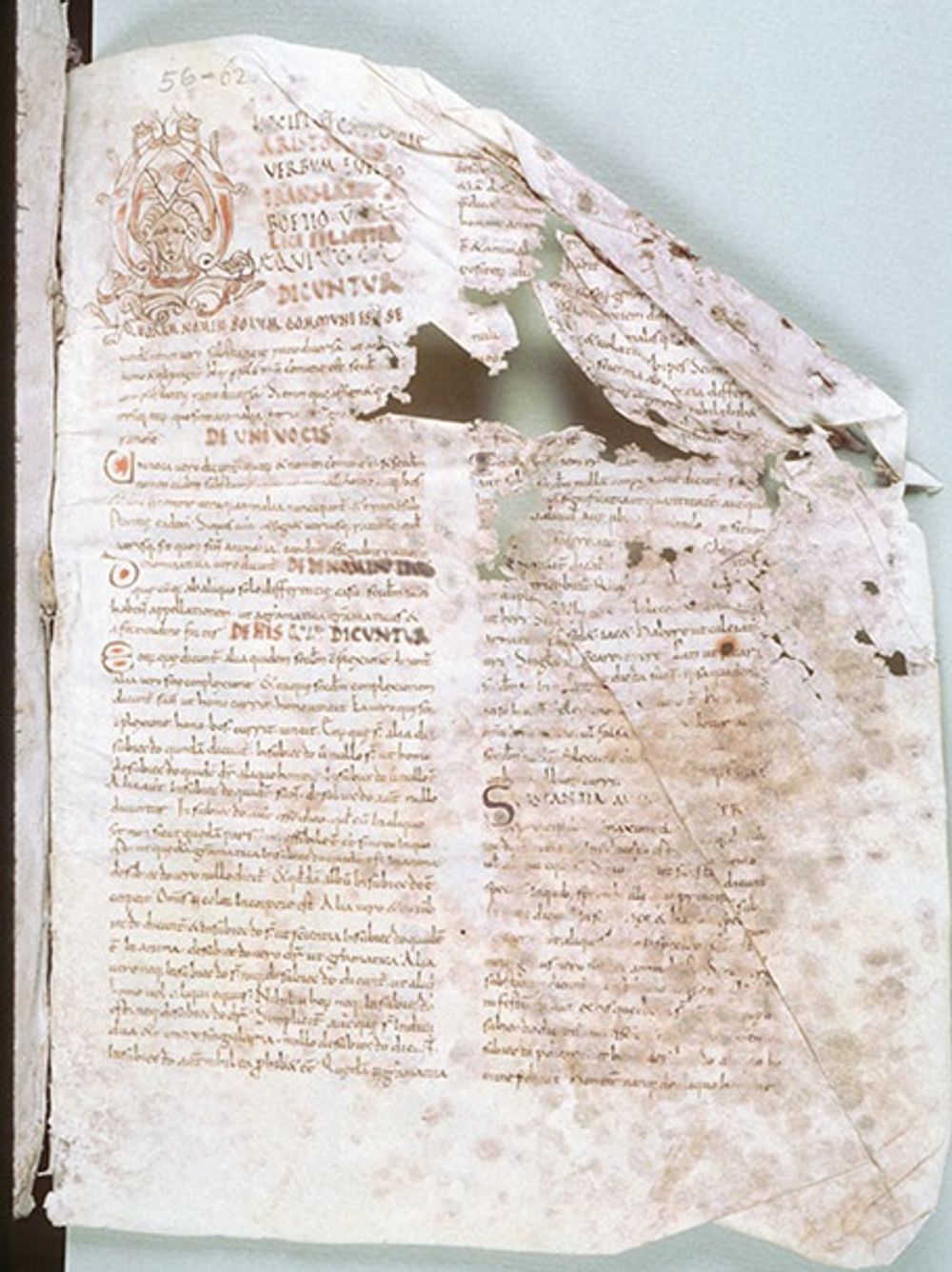
http://initiale.irht.cnrs.fr/codex/3009/8089
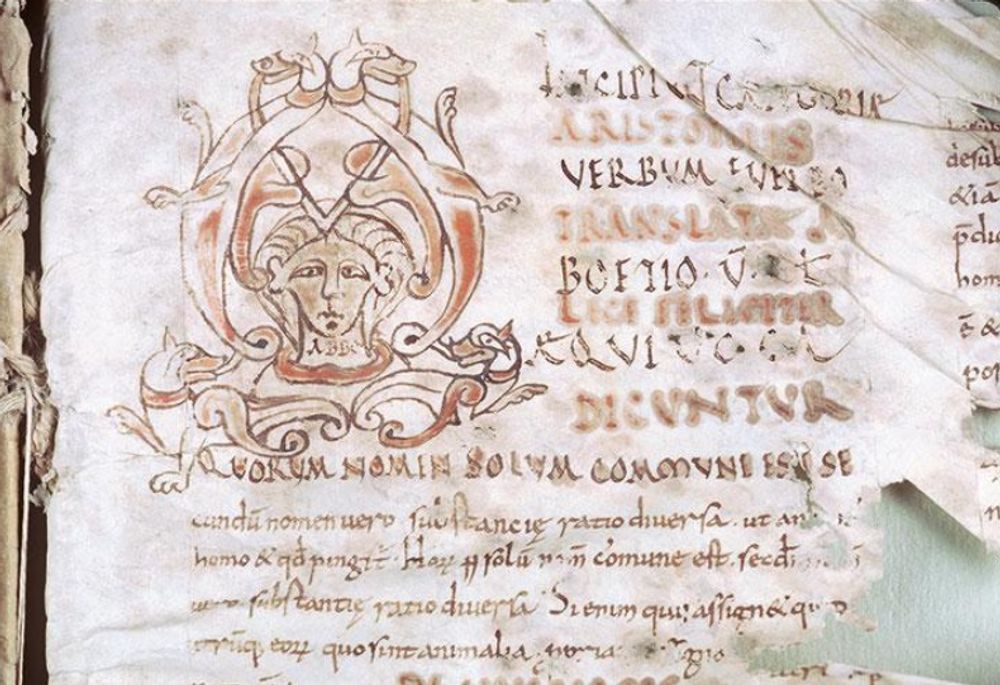
http://initiale.irht.cnrs.fr/codex/3009/8089
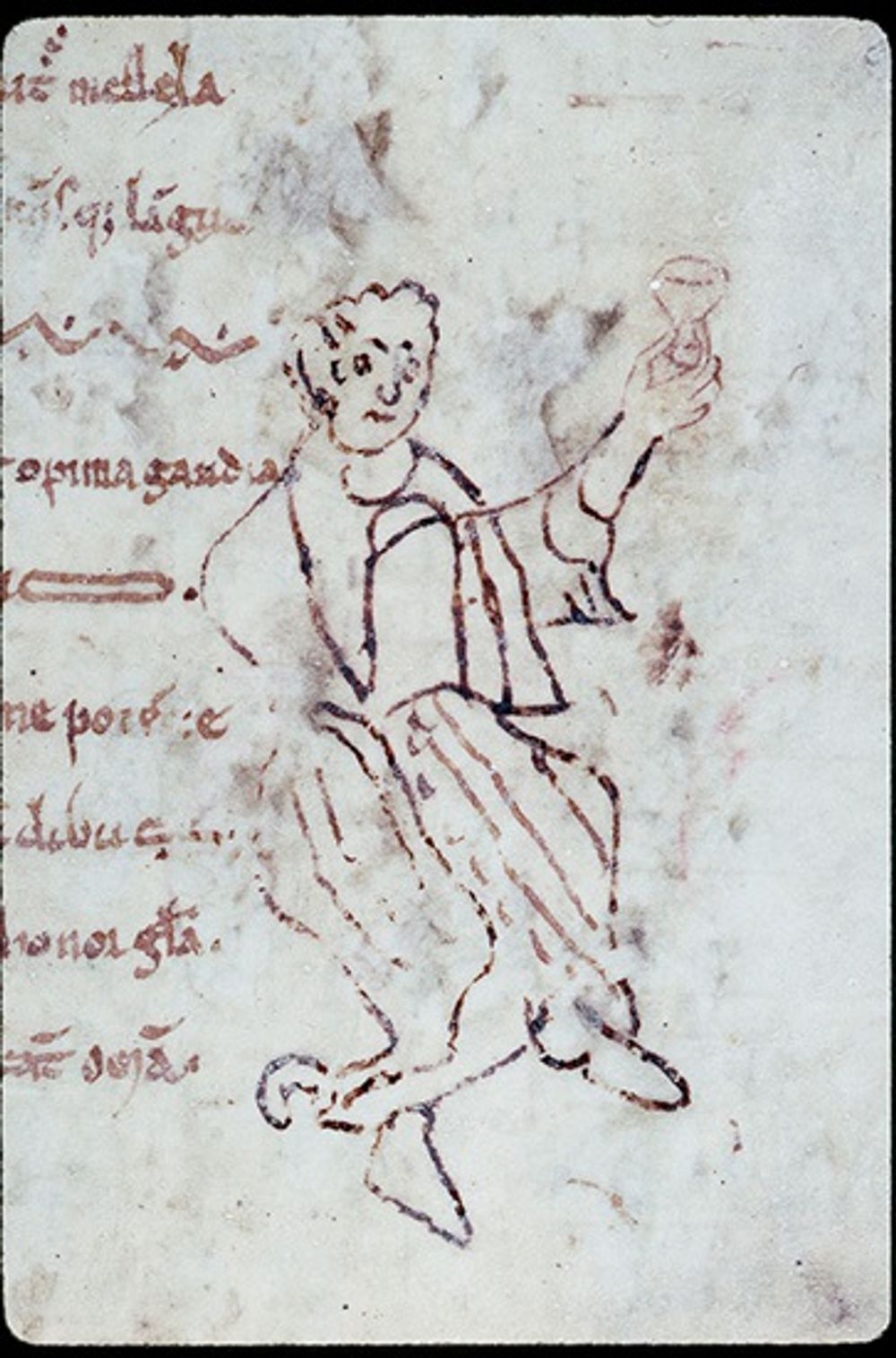
http://initiale.irht.cnrs.fr/codex/2975/8051
Gerbert of Aurillac
A near contemporary of Abbo, Gerbert of Aurillac was born c. 946. In 999 he became pope, taking the name Sylvester II. He died in 1003. Gerbert is also an influential figure in the history of medieval science. During a period in Spain he was influenced by advanced Arabic mathematics, and on his return to the north of France introduced the abacus, a counting device, for use in schools. This manuscript, which contains a number of Gerbert’s mathematical and astronomical works, opens with a table of numeric terms (f. 2r).
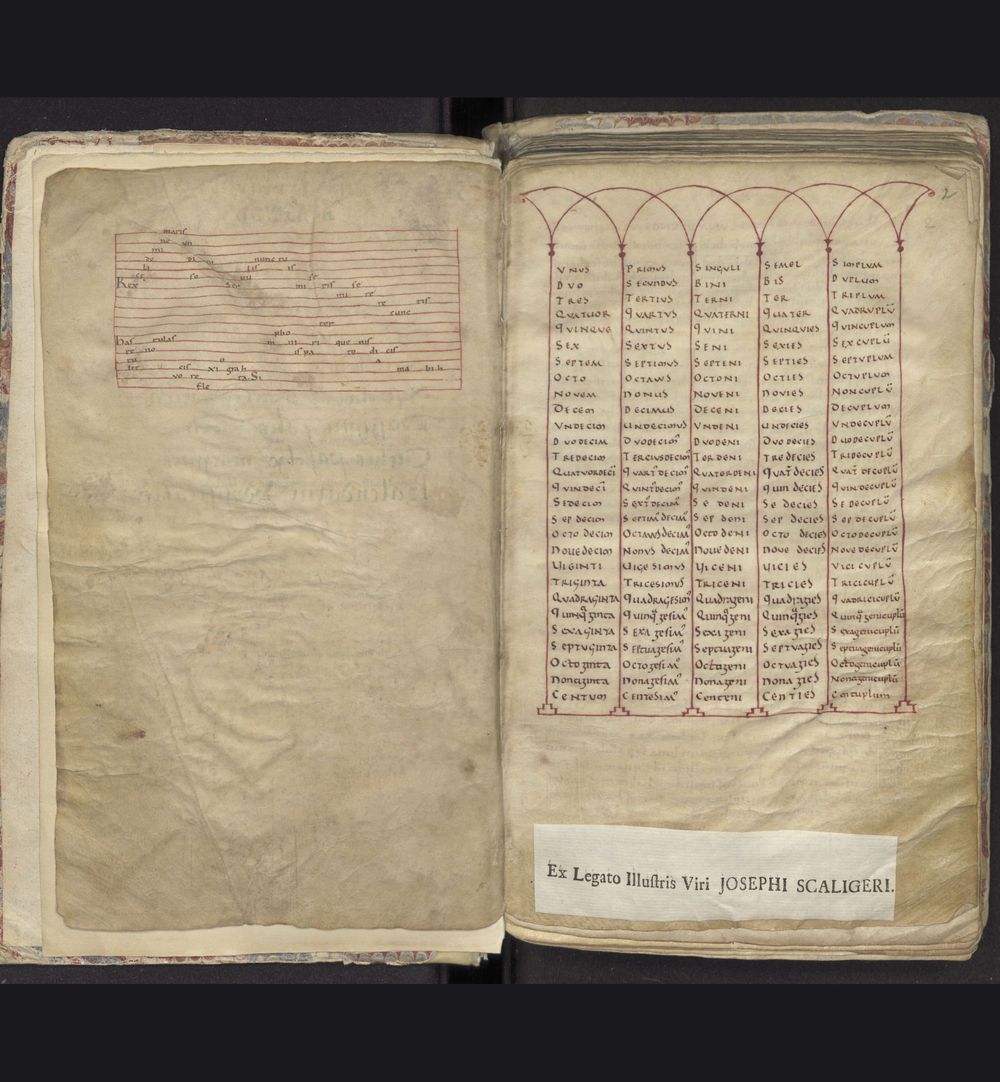

http://hdl.handle.net/1887.1/item:882068
Intellectual networks
Gerbert became head of the cathedral school in Rheims in 972 while Abbo taught at the monastic school of Fleury prior to his elevation to abbot in 988. Thanks to their powerful ecclesiastical positions, they built up networks of political and intellectual acquaintances, useful sources for obtaining manuscripts of rare texts. Gerbert, for example, wrote to Constantine, scolasticus or schoolmaster at Fleury, asking if he had copies of works of Cicero, such as the Republic and the Verrine Orations. See another letter of Gerbert here.


https://gallica.bnf.fr/ark:/12148/btv1b10544638r
The revival of the logica vetus
The body of works referred to as the logica vetus, or ‘old logic’, included many texts translated from the Greek, notably those made by Boethius. In addition to his translations, Boethius made a number of commentaries on the most important works. These commentaries became significant dialectical textbooks in their own right. The texts of the logica vetus were often combined in manuscripts. Both Abbo and Gerbert were instrumental figures in the revival of interest in the logica vetus in the late tenth century, introducing these works to new generations of students.
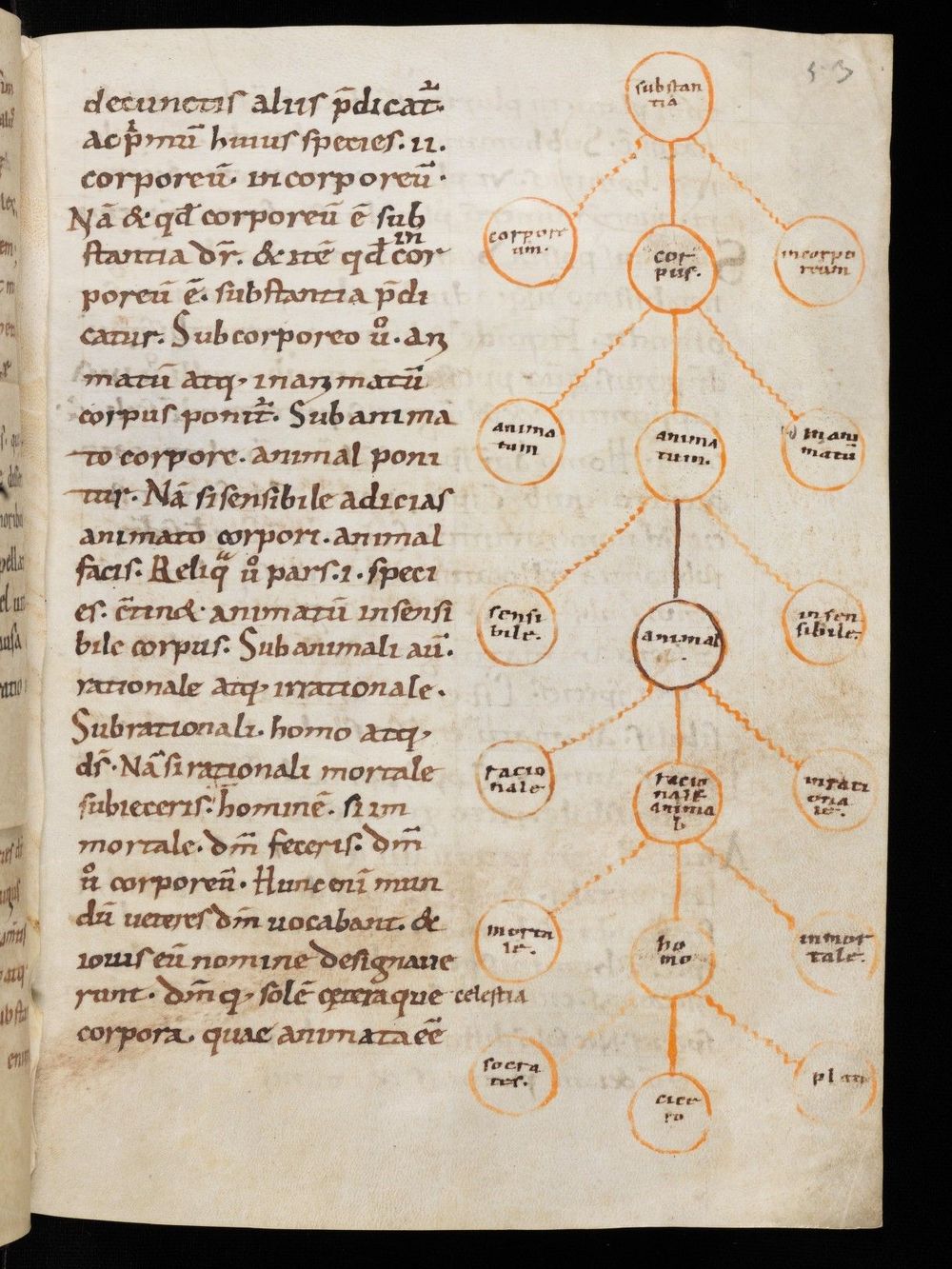
http://www.e-codices.ch/en/sbe/0315

http://hdl.handle.net/1887.1/item:2348775
Abbo’s education
Abbo’s studies are described in the Vita or Life written by Aimoin of Fleury, written shortly after Abbo’s death in 1004 (Patrologia Latina, 139, col. 0309B). Aimoin emphasises Abbo’s well-rounded education. He was trained in grammar, arithmetic and dialectic at Fleury as a child, before going to Paris and Rheims, where he learned philosophy (“philosophia”, presumably advanced logic) and astronomy. He then travelled to his homeplace, Orléans, where he studied music. As Aimoin points out, Abbo was by then well-versed in five out of the seven liberal arts, but taught himself rhetoric and geometry. Aimoin comments that Abbo read “Victorinus”, the fourth-century author of a commentary on Cicero’s De inventione.

https://gallica.bnf.fr/ark:/12148/btv1b10544638r
Abbo and dialectic
Abbo wrote a number of dialectical treatises influenced by the corpus of works included in the logica vetus. Abbo made use of diagrams and tables to illustrate and explain his works, many of which were copied by his fellow monks in the scriptorium in Fleury. Find out more about an example of Abbo’s logical writings here.
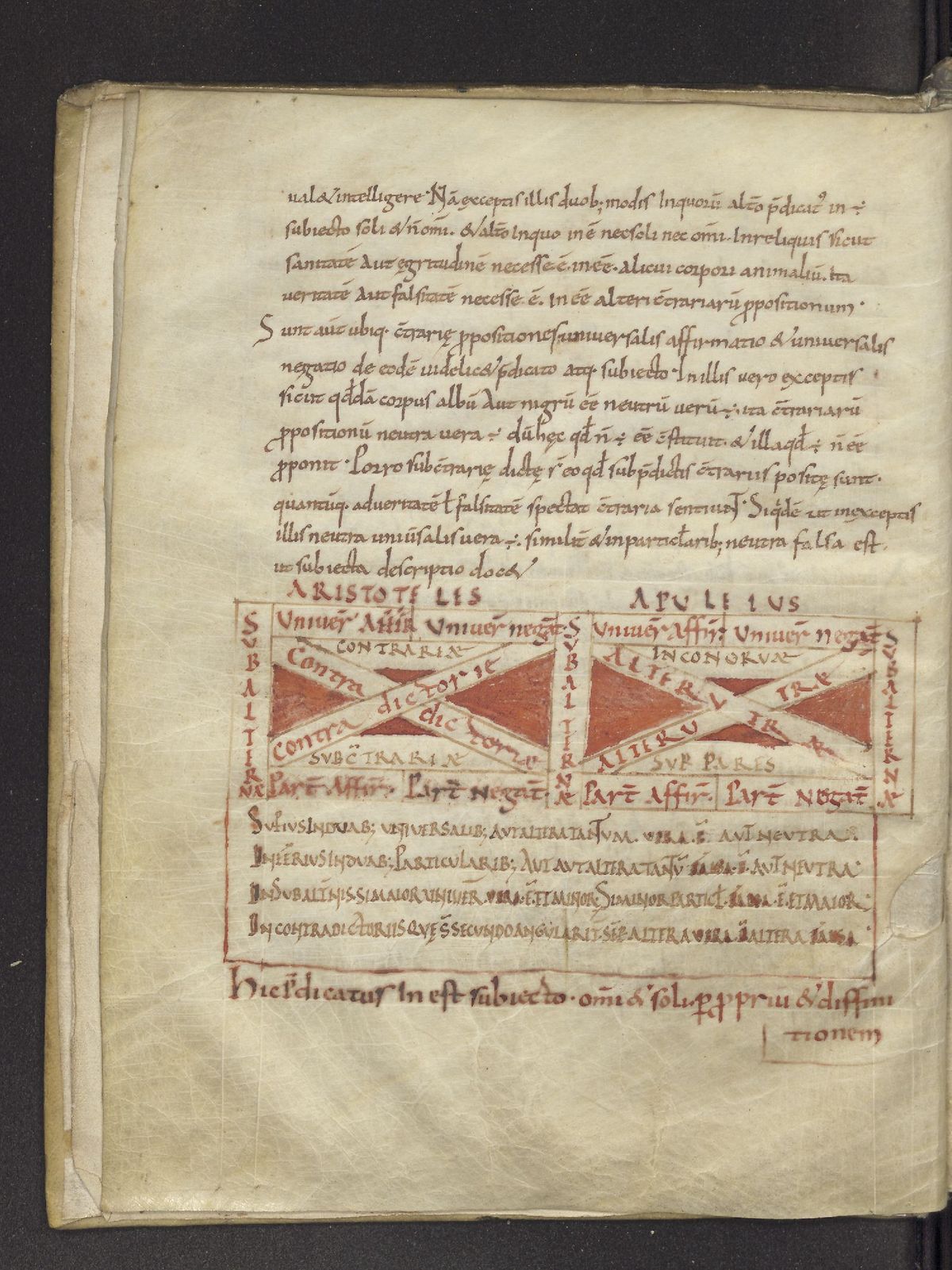

Gerbert’s curriculum: Dialectic
In his Historia (III.46), the chronicler Richer of Saint-Remi describes the texts which Gerbert used to teach dialectic: Porphyry’s Isagoge with Boethius’s commentary, along with translations of Aristotle’s Categories and Periermenias, and Cicero’s Topica, again with Boethius’s six-book commentary. Richer continues (Historia, III.47) to list Boethius’s other works, including his De topicis differentiis and his works on syllogisms.
As well as providing a list of titles, Richer also offers a few biographical details about their authors. He notes that Boethius’s commentary on the Isagoge depended on a translation of the text by the rhetorician Marius Victorinus. He comments that Cicero’s Topica was translated by “Tullius” from Greek into Latin, and adds that Boethius, whom he refers to as “Manilius”, was a consul (an important political role in the Ostrogothic kingdom). These details underscored the authority of these authors.
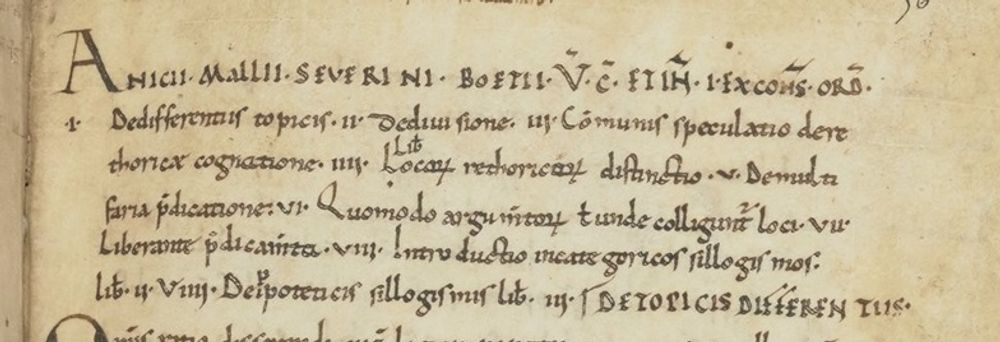
https://gallica.bnf.fr/ark:/12148/btv1b10546493x
Gerbert’s curriculum: Rhetoric
Richer also describes Gerbert’s rhetorical curriculum (Historia, III.47). To learn the art of eloquence, students read the Latin poets Virgil, Statius and Terence along with the satirical works of Juvenal, Persius and Horace. In addition, they read Lucan’s histories – presumably the Pharsalia, a lengthy epic poem. Richer emphasises that Gerbert’s rhetorical curriculum didn’t depend on rhetorical classics, such as Cicero’s De inventione, but on the practical study of rhetoric as applied in exemplary Latin works. For an example of a manuscript containing some of these texts, see Paris, BnF lat. 7900A.
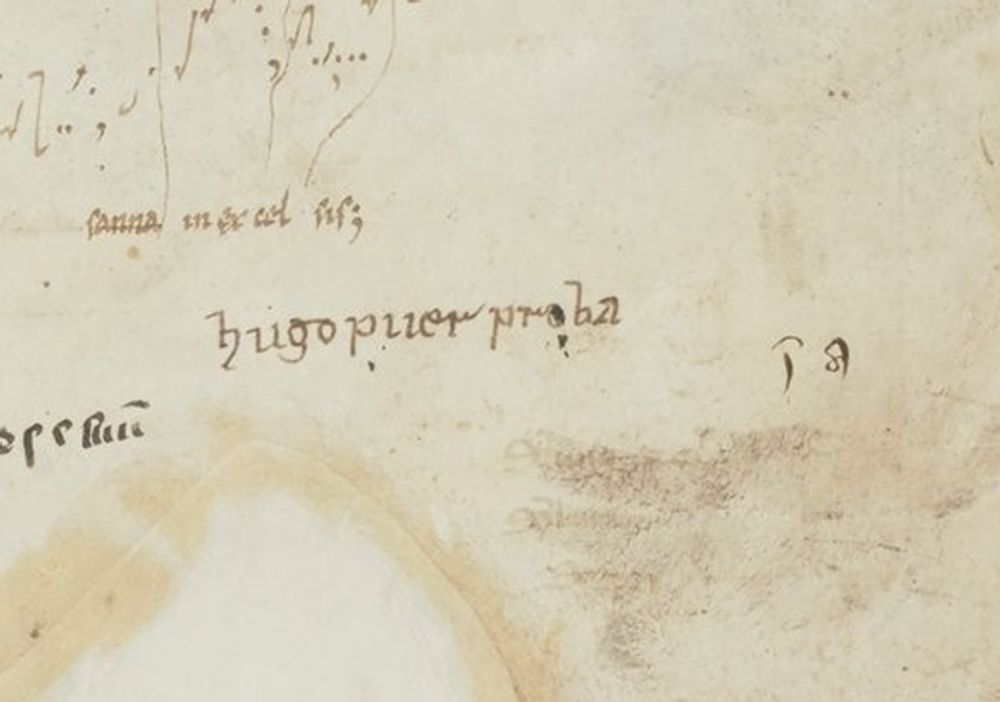
https://gallica.bnf.fr/ark:/12148/btv1b10546493x
Gerbert’s curriculum in practice
Richer (Historia, III.48) offers a further insight to Gerbert’s practice-driven curriculum. “After they had been instructed in this art [rhetoric], he brought in a sophist with whom they practised controversiae, and they conducted themselves in such a way that they seemed to act without any art at all, which is the greatest achievement for an orator.”2 Gerbert’s students practised rhetorical and dialectical argumentation, using what they had learned from the corpus of ancient texts.
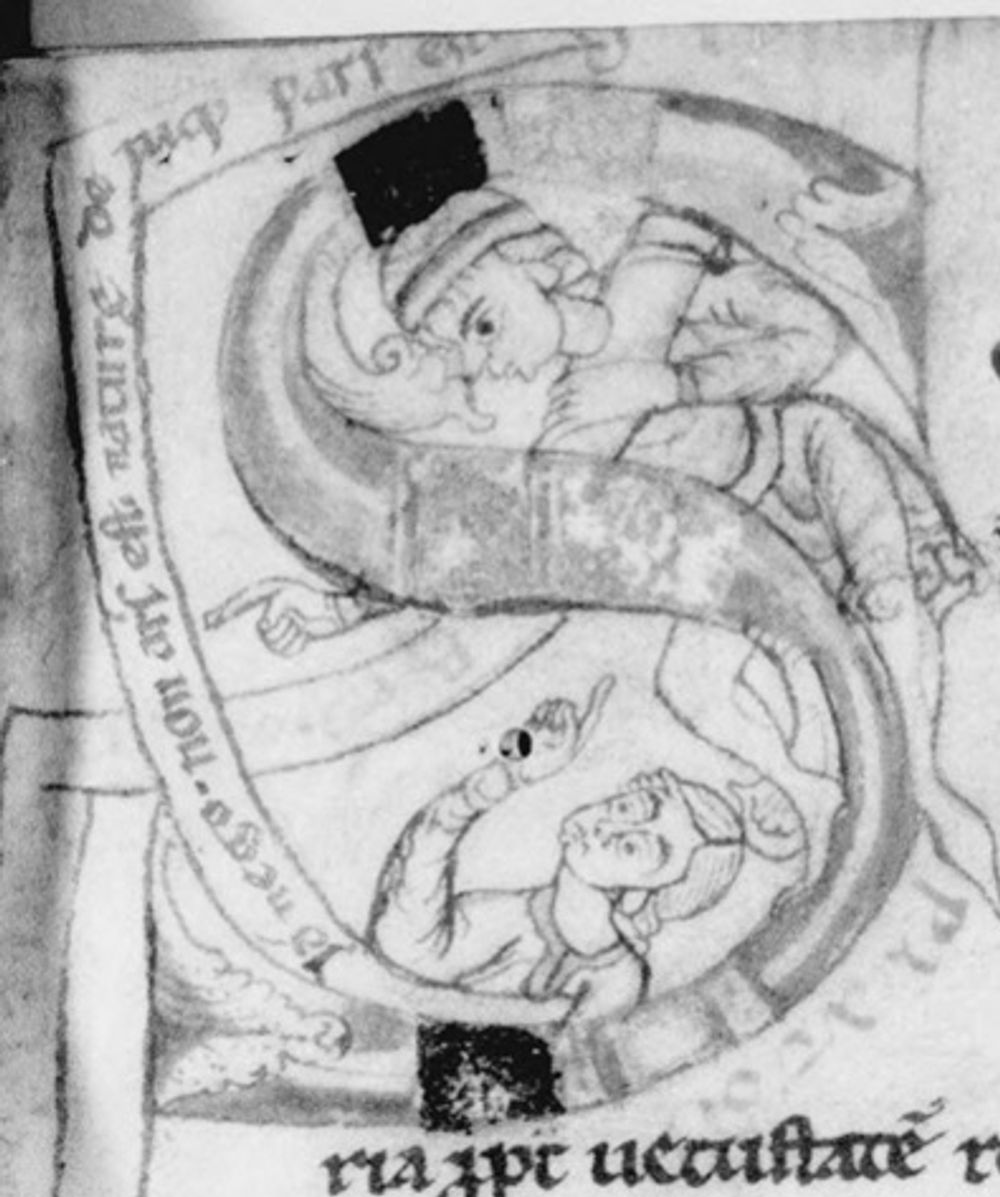
https://gallica.bnf.fr/ark:/12148/btv1b100343611
Gerbert and Abbo: Friends or Foes?
Gerbert and Abbo were leading intellectual figures of their day, but they seem to have had little to no contact. Were they rivals? The silence of the sources might suggest so. In 980 Gerbert wrote a letter to Constantine, monk of Fleury, introducing his writings on the abacus. In this letter he criticised a “half-educated philosopher” who “really still a learner along with me”, “pretends that only he has knowledge of it, as Horace says”.3 This ‘half-educated philosopher’ has often been presumed to be Abbo, but in truth Gerbert could have been criticising anyone who prized the appearance of knowledge over its possession. In quoting here from Horace (Epistles, II.I.87), Gerbert is also showing off his classical knowledge to Constantine, and so playing an intellectual game that we cannot necessarily over-interpret.

Sources used for this contribution:
- Dachowski, E. First among abbots: The career of Abbo of Fleury (Washington DC, The Catholic University of America Press, 2008)
- Gerbert of Rheims, The letters of Gerbert: with his papal privileges as Sylvester II, ed. and trans. H. P. Lattin (New York, Columbia University Press, 1961)
- Horace, Satires, Epistles, Art of Poetry, trans. H. R. Fairclough (Loeb Classical Library, 194; Cambridge MA, Harvard University Press, 1926)
- Lake, J. ‘Gerbert of Aurillac and the Study of Rhetoric in Tenth-Century Rheims’, The Journal of Medieval Latin, 23 (2013), 49-85.
- Lake, J., Richer of Saint-Remi: The methods and mentality of a tenth-century historian (Washington D.C., The Catholic University of America Press, 2013)
- Migne, J.-P. (ed.), Patrologia Latina, vol. 139
- Mostert, M., The political theology of Abbo of Fleury: A study of the ideas about society and law of the tenth-century monastic reform movement (Hilversum, Verloren Publishers, 1987)
- Murray, A., Reason and Society in the Middle Ages (Oxford, Clarendon Press, 1985)
- Saenger, P., Space between words: The origins of silent reading (Stanford, Stanford University Press, 1997)
- Southern, R. W., The making of the Middle Ages (London, Pimlico, 1993)
- Richer von Saint-Remi, Historiae, ed. H. Hoffmann (Monumenta Germaniae Historica: Scriptores, XXXVIII; Hannover, Hahnsche Buchhandlung, 2000)
- Ward, J. O., Classical rhetoric in the Middle Ages: The medieval rhetors and their art, 400-1300, with manuscript survey to 1500 CE (Leiden, Brill, 2019)
Contribution by Irene O’Daly.
Cite as, Irene O’Daly, “Abbo of Fleury and Gerbert of Rheims”, The art of reasoning in medieval manuscripts (Dec 2020), https://art-of-reasoning.huygens.knaw.nl/abbo-gerbert. ↑
(translated in J. Lake, Richer of Saint-Remi: The Methods and Mentality of a Tenth-Century Historian [Washington D.C., 2013), pp. 189-90) ↑
Adapted from H. P. Lattin (trans.) The Letters of Gerbert (Columbia, 1961), p. 45 ↑


 Next Read:
Next Read: